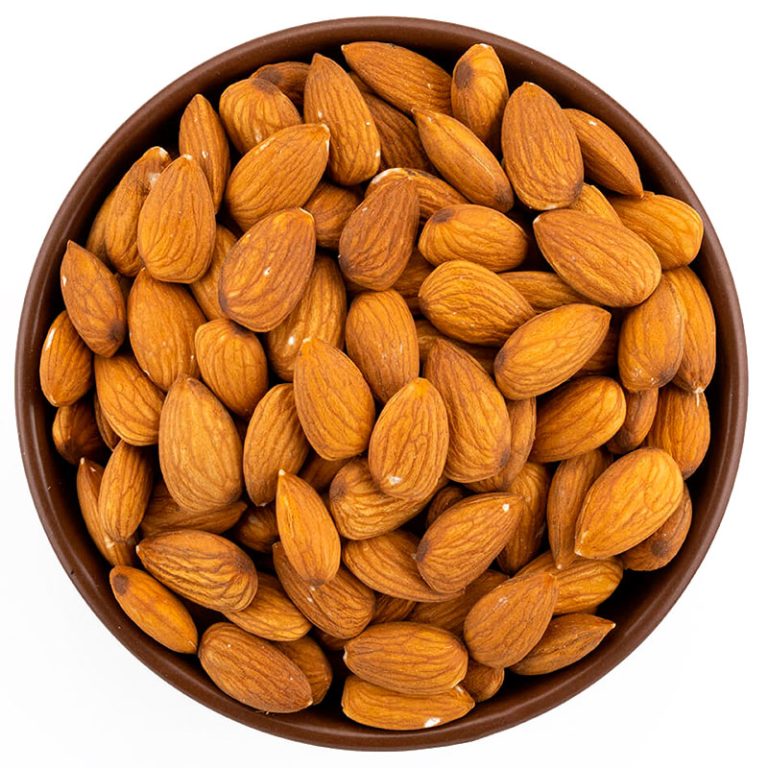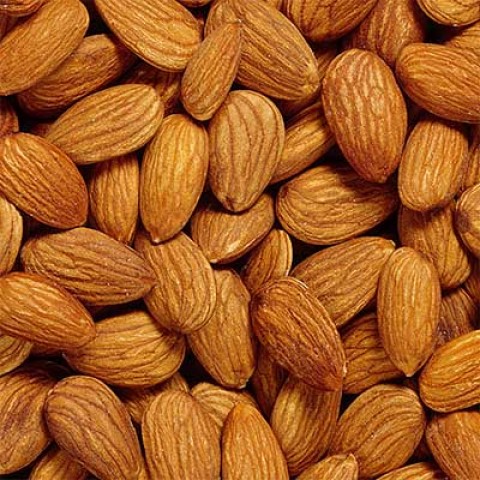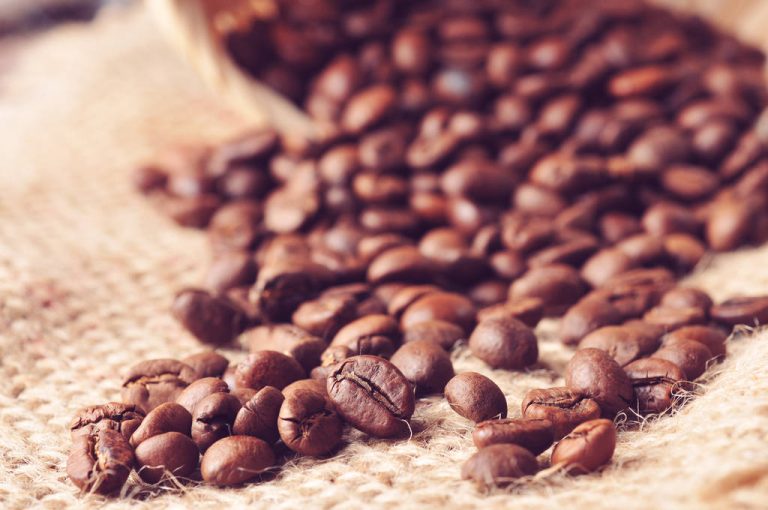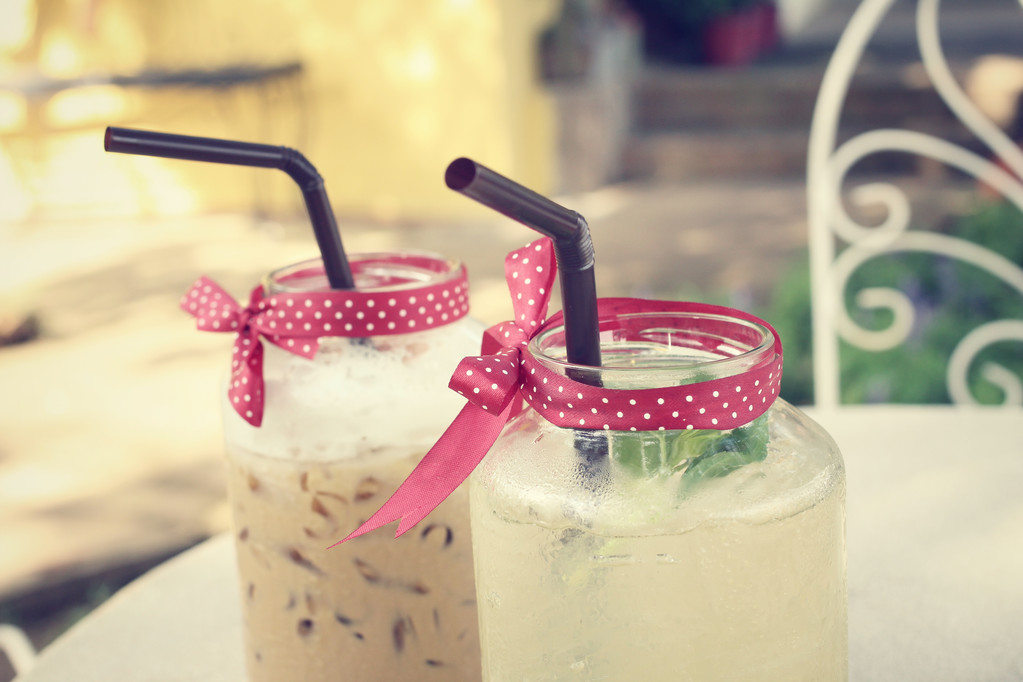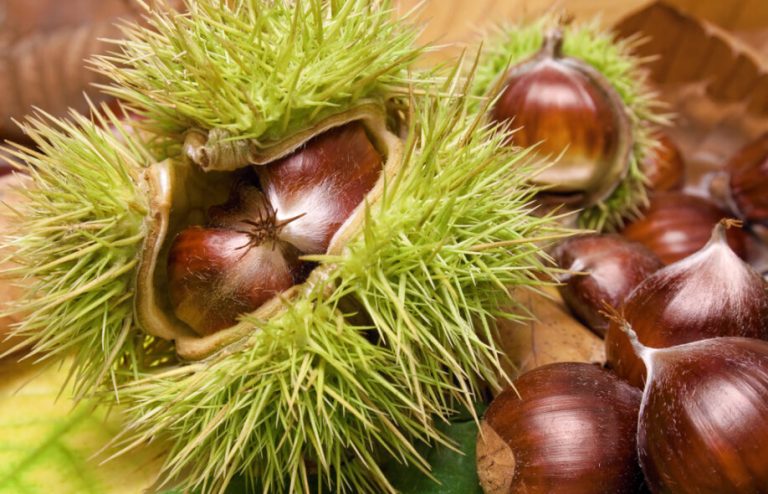Persipan is a common marzipan substitute based on apricot or peach stones. If you like buying ready-made dominoes or studs during the Christmas season, you’ve probably come across Persipan.
Marzipan is found in many popular sweets – the sweet ingredient with the subtle bitter note is often used, especially at Christmas time.

Use of Persipan and how to recognize it
Persipan tastes a little stronger than marzipan and can be used in the same way. The marzipan substitute is mainly used in industrial pastries. You will often find it in stollen and dominoes as well as other Christmas cookies.
According to the guiding principle for fine baked goods, manufacturers must label the use of Persipan. For example, the addition “with Persipan” can appear on the product.
But you can always look at the list of ingredients for marzipan baked goods: the higher up the list of ingredients almonds are, the higher the quality of the marzipan used is likely to be. Some manufacturers not only replace marzipan with persipan, but also add pulses to save even more money.
Persipan: Health and Sustainability
You may have heard that apricot kernels contain amygdalin, which can produce toxic hydrocyanic acid in the body. However, you can consume Persipan without hesitation – the amygdalin is removed from the apricot kernels during the production of Persipan. However, just like marzipan, you should use persipan sparingly, as the mixture is very high in sugar.
Almonds are healthy, but not very sustainable: they often come from far away and growing them uses a lot of water. No sustainability data can be found for Persipan. However, since apricot and peach stones are basically waste products, persipan is probably more sustainable than marzipan.
Of course, this also depends on where the kernels come from – you probably won’t find this out with Persipan in industrial products. In any case, it is better if you prepare your own Christmas cookies using high-quality ingredients.
Persipan is a common marzipan substitute based on apricot or peach stones. If you like buying ready-made dominoes or studs during the Christmas season, you’ve probably come across Persipan.
Marzipan is found in many popular sweets – the sweet ingredient with the subtle bitter note is often used, especially at Christmas time.
Use of Persipan and how to recognize it
Persipan tastes a little stronger than marzipan and can be used in the same way. The marzipan substitute is mainly used in industrial pastries. You will often find it in stollen and dominoes as well as other Christmas cookies.
According to the guiding principle for fine baked goods, manufacturers must label the use of Persipan. For example, the addition “with Persipan” can appear on the product.
But you can always look at the list of ingredients for marzipan baked goods: the higher up the list of ingredients almonds are, the higher the quality of the marzipan used is likely to be. Some manufacturers not only replace marzipan with persipan, but also add pulses to save even more money.

Persipan: Health and Sustainability
You may have heard that apricot kernels contain amygdalin, which can produce toxic hydrocyanic acid in the body. However, you can consume Persipan without hesitation – the amygdalin is removed from the apricot kernels during the production of Persipan. However, just like marzipan, you should use persipan sparingly, as the mixture is very high in sugar.
Almonds are healthy, but not very sustainable: they often come from far away and growing them uses a lot of water. No sustainability data can be found for Persipan. However, since apricot and peach stones are basically waste products, persipan is probably more sustainable than marzipan.
Of course, this also depends on where the kernels come from – you probably won’t find this out with Persipan in industrial products. In any case, it is better if you prepare your own Christmas cookies using high-quality ingredients.


